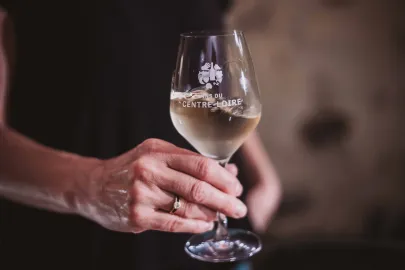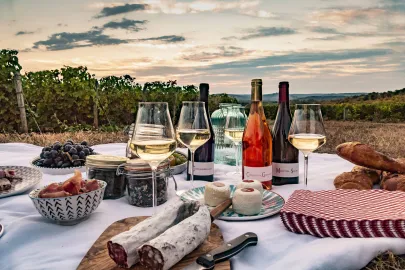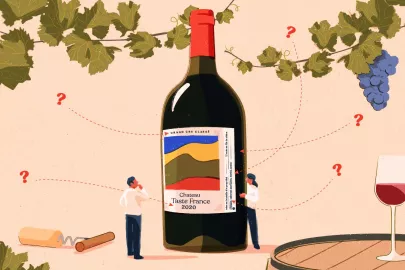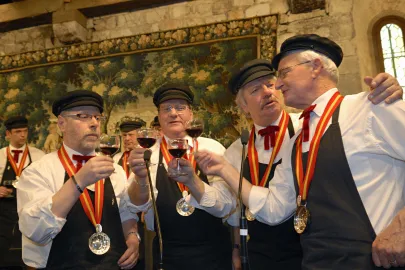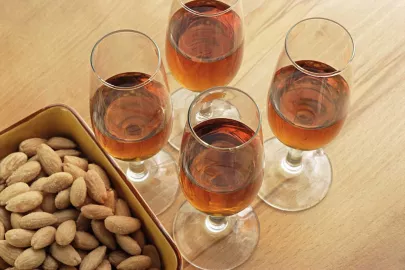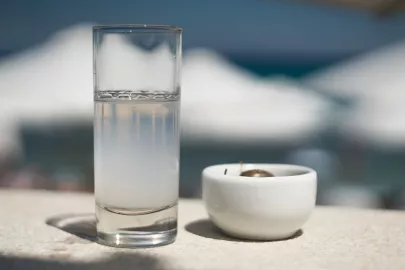There is much more to this region than its famously gluggable Nouveau. Its best terroirs are capable of producing wines well worthy of aging. Can it find its way from the bar to the dining table?
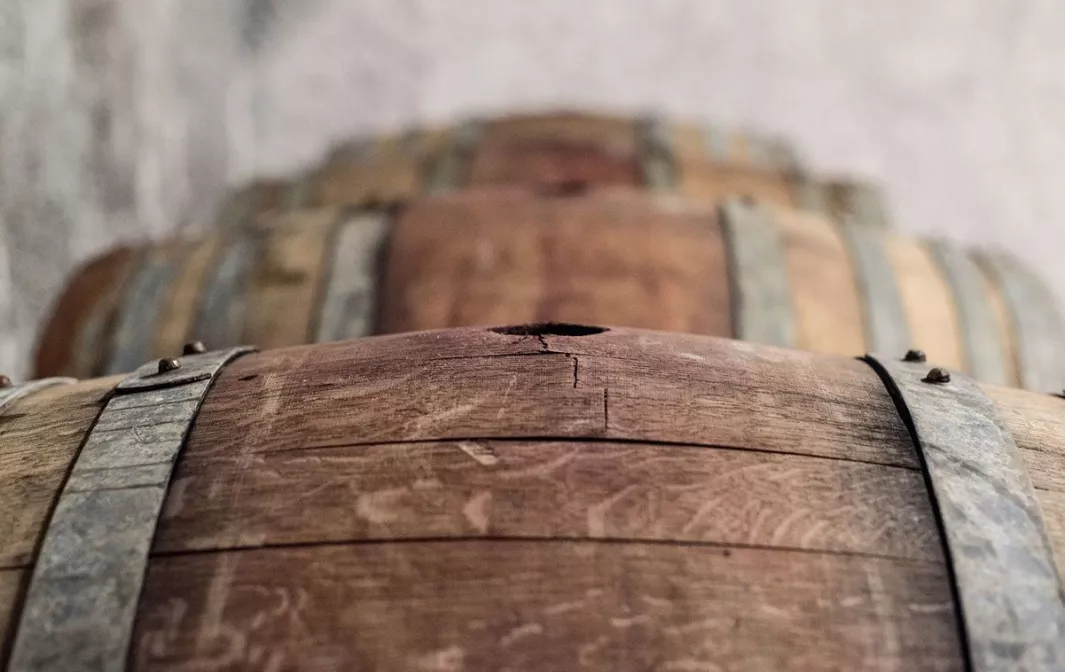
Perceptions of the wine world are often colored by clichés. But to reduce Bordeaux to its châteaux, or Provence to a sea of rosés, is to take a very narrow view! As for Beaujolais, it's the image of the famous vin primeur that clings stubbornly to the vines of its superb vineyards, planted roughly from Mâcon to Lyon. Rushed to the bottle with the harvest barely over, Beaujolais Nouveau traditionally fills glasses from the third Thursday in November - Beaujolais Nouveau day, sweeping aside any other opportunities to taste the region.
Vin nouveau or vins de cru?
Admittedly, this young wine has made a name for the Beaujolais region all over the world. But in many people's eyes, it is also the reason the world has forgotten that the region produces so much more than these vintages of highly variable quality. In fact, Beaujolais and Gamay, its star grape variety, are capable of turning out more than fun and fruity thirst quenchers. The region's dozen appellations d'origine include ten crus, situated mainly in the northern part: Chiroubles, Fleurie, Saint-Amour, Brouilly, Côte de Brouilly, Juliénas, Régnié, Chénas, Moulin-à-Vent and Morgon. Each with its own personality and style, from light and delicate to more "meaty", and with more depth. Thanks to the talent of their growers and the properties of their terroir, some of these crus consistently show they can produce intense wines with exceptional aging potential, vintage after vintage. Take for example, Juliénas; Moulin-à-Vent, an appellation situated on a granitic subsoil; Brouilly and Côte-de-Brouilly, grown on the slopes and at the foot of Mont Brouilly; and of course, Morgon.
The example of Morgon
The terroir around the village of Villié-Morgon and its surrounding hamlets, referred to locally as "rotten rock", is the result of eroded schists and volcanic rock. The wine labels display not only the appellation but also the names of certain "climats" (named vineyards). Côte du Py is undoubtedly the most renowned of these, and not only because of the magnificent view from the top of its hill. As a terroir, it brings out the best in Gamay, which is all too frequently, and wrongly, classified as a non-noble grape variety. The most inspired winegrowers lucky enough to have plots there produce spectacular wines, bringing body, structure and robustness to their characteristic fluidity and juiciness. Their vintages reveal an aromatic complexity evoking ripe stone fruit and even spices, all the while retaining the essential "red fruit" aspect of Beaujolais. After aging for five to ten years - sometimes much longer –, their youthful ardor gives way to a mellow roundedness, an easy maturity. At this stage, the Côte du Py wines, like those from other Beaujolais terroirs, are always delicious paired with a charcuterie board. These classy wines also make stylish and characterful accompaniments to roasted red meats or casseroles and are a natural match for more intensely flavored game. So, there is every reason to celebrate Beaujolais all year round, somewhere a little more comfortable than a crowded bar.
Contributor

Editor

